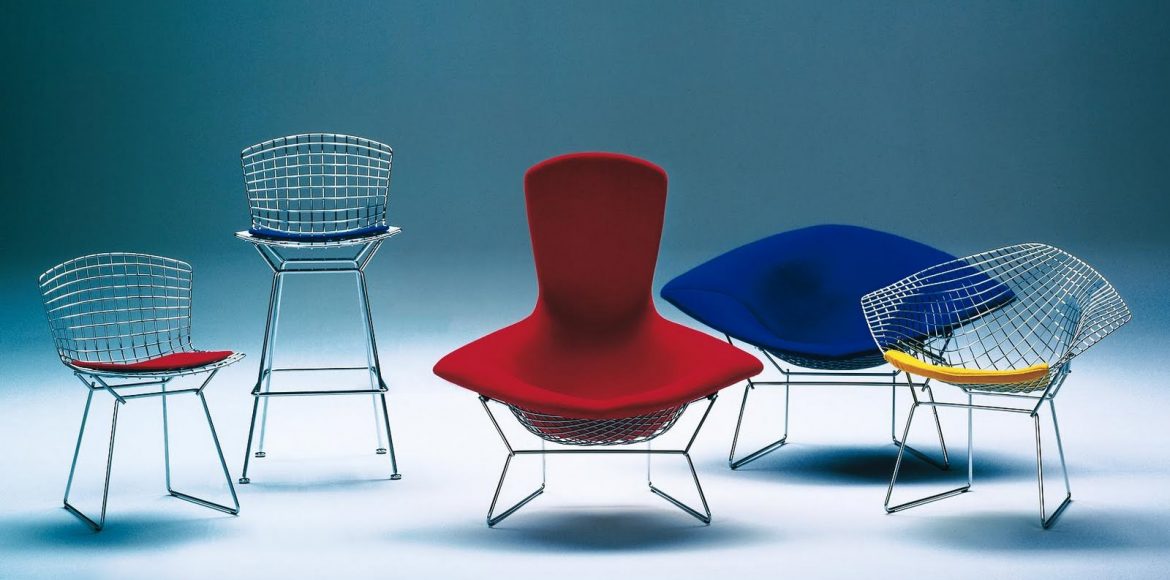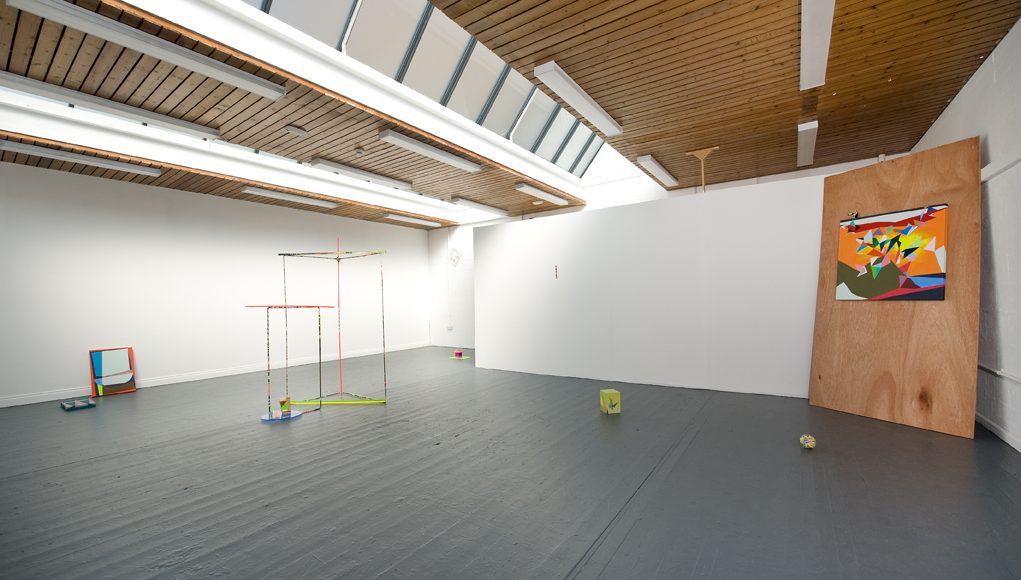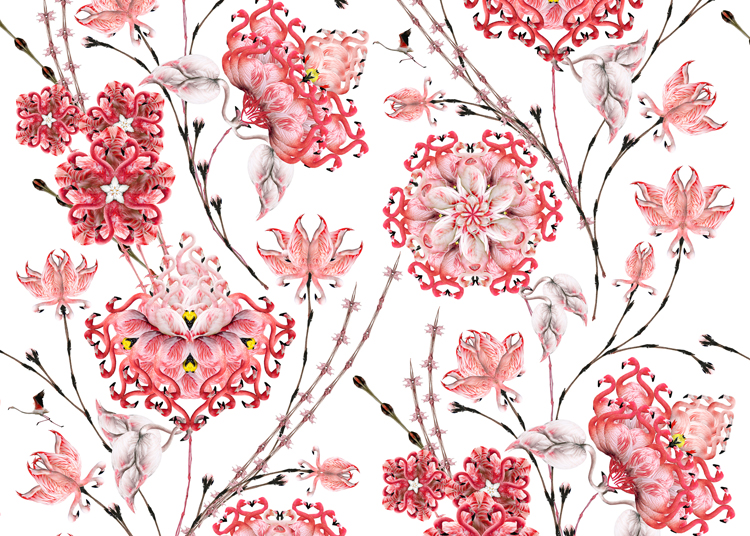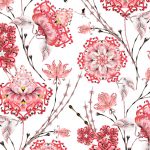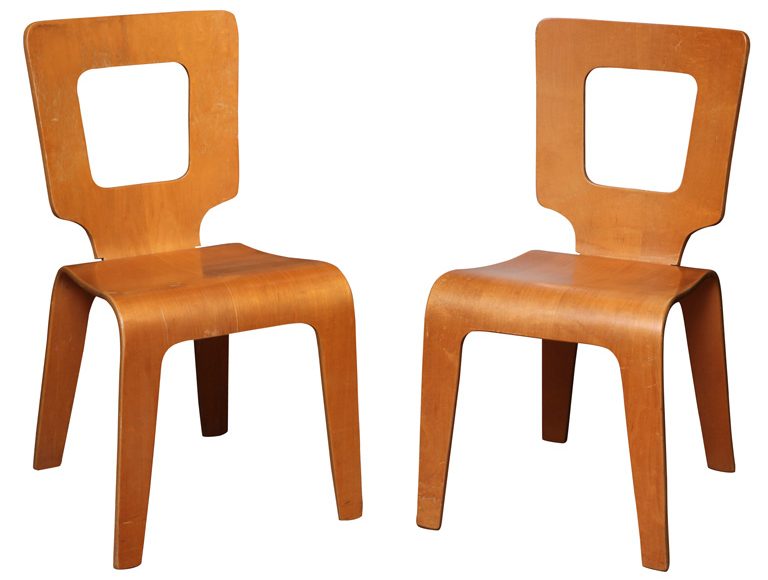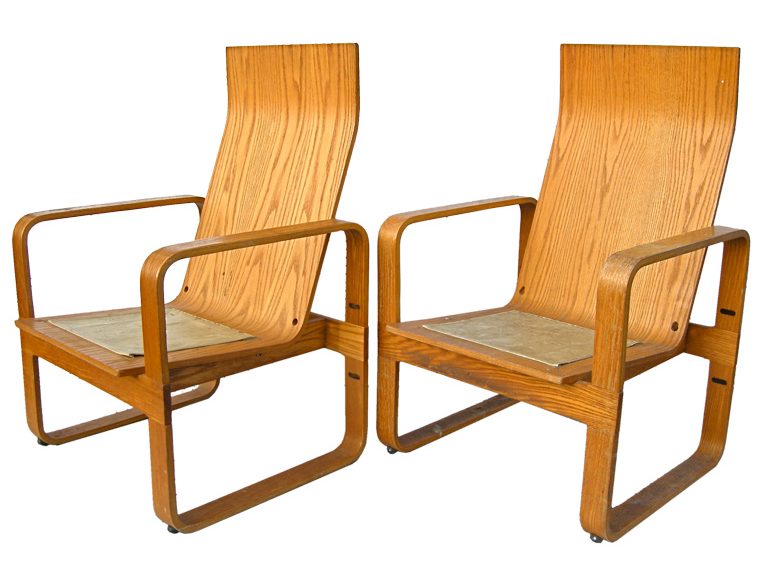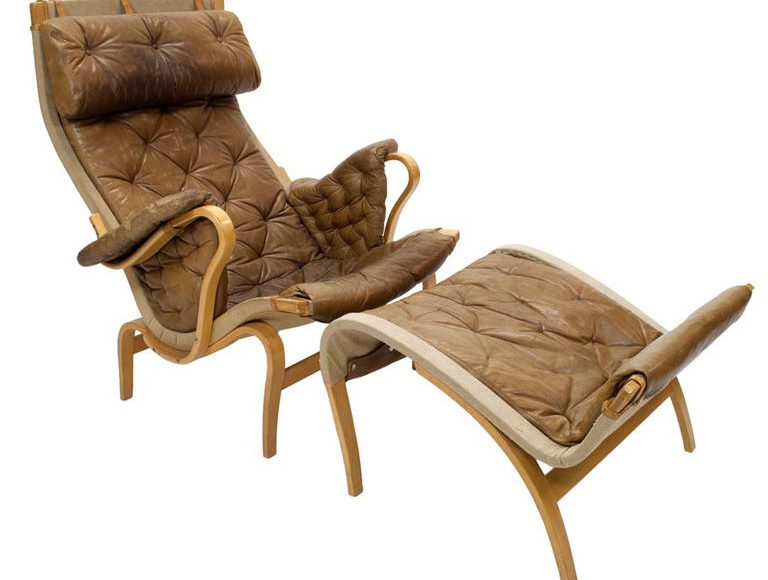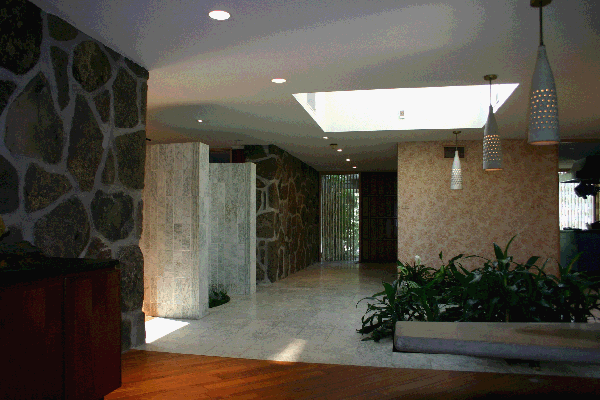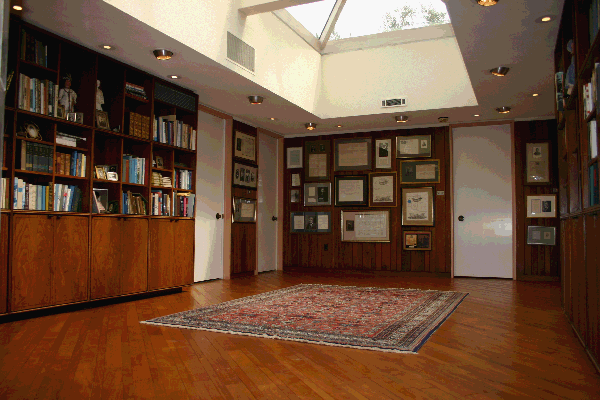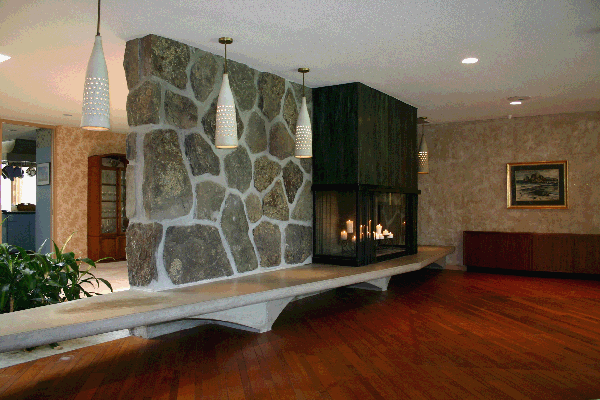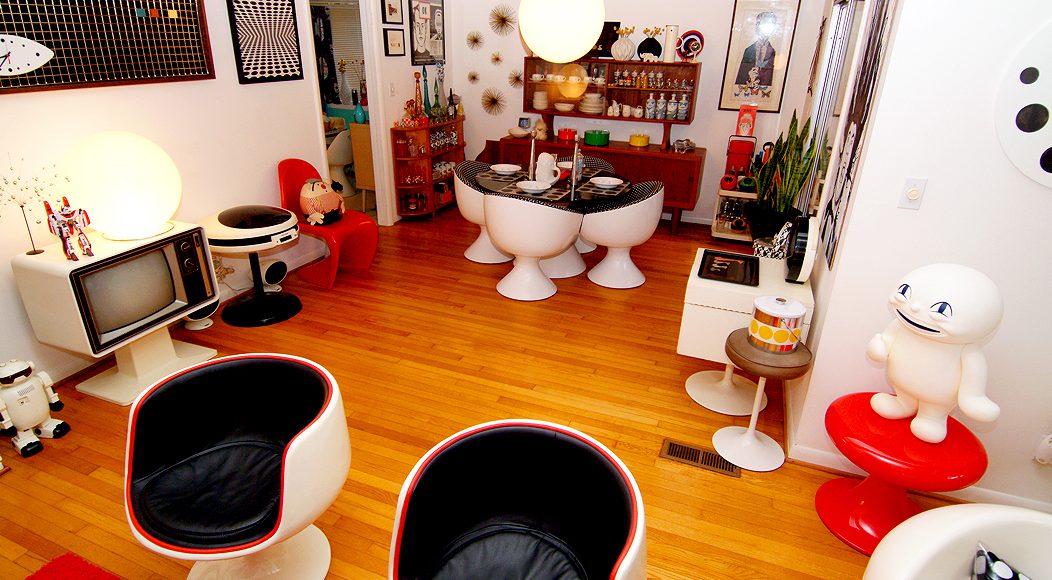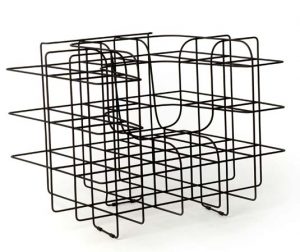 The birth of the wire chair’s popularity can easily be traced back to Charles and Ray Eames’s wire side chair released in 1951. This iconic object for everyday use fit right along with their fundamental principle for its use of new material. Wire rods were by no means new material in that era although their use as a structure for seating certainly was. As is the case when it comes to iconic forerunners, this simple side chair was not the only one of its kind. Beyond this side chair by the dynamic Eames duo, Harry Bertoia’s 420 side chair is just about the only iconic wire chair recognizable by name to the modern enthusiast.
The birth of the wire chair’s popularity can easily be traced back to Charles and Ray Eames’s wire side chair released in 1951. This iconic object for everyday use fit right along with their fundamental principle for its use of new material. Wire rods were by no means new material in that era although their use as a structure for seating certainly was. As is the case when it comes to iconic forerunners, this simple side chair was not the only one of its kind. Beyond this side chair by the dynamic Eames duo, Harry Bertoia’s 420 side chair is just about the only iconic wire chair recognizable by name to the modern enthusiast.A designer, engineer or architect has much to think about when concocting a chair from this rigid, yet flexible material. The chair needs to hold up to the weight of the average human body, needs to to be functional as a chair (subsequently, a chair’s many uses), all the while maintaining its shape – must we add it should be comfortable? Designer’s like Russel Woodard, Verner Panton and Harry Bertoia have produced real-life visions that embody all of these aspects and often is the case a cushion is needed to address the matter of comfort.
The contemporary wire chair of today knows only the limit of a designers computer software and the available funds to produce the project. Take Verner Panton’s iconic plastic cantilever chair – a first in its field for being molded from a single mold of plastic, virtually indestructible for daily use and naturally produced in its bold colors. Now, from a CAD computer program’s wireframe rendering those curvaceous lines and shapes of this plastic chair can be produced through the process of meticulously bending each rod of chrome-laden wire to intersect just right – mirroring the chair itself. It is any wonder how the Bertoia and Eames chairs of their day were executed without the aid of a computer. Contemporary masterminds such as Brodie Neill blew the minds of furniture and design lovers in 2011 with the release of his Reverb chair. This spherical vortex of wire mesh reminds one of a theoretical wormhole – have a seat in the center and take a load off!
For collectors
Wire chairs are hard to make. Production costs can easily outweigh the benefits of selling at an affordable price. Therefore it is usual that the best of the best (and easiest to produce) designs are sent to the open market. Chairs by Warren Planter, Verner Panton and most contemporary designs are a safe bet as far as authenticity are concerned. Chairs by Charles and Ray Eames and by Harry Bertoia don’t have that luxury. To some imitation is the best form of flattery, so it is left to the consumer to decide whether or not to buy authentic or to buy a reproduction. For the most popular Harry Bertoia side and diamond chairs, take a look at their main outermost structural elements. You’ll notice that on the originals there is one wire holding together the structure with the mesh of structural wired welded to this one. Now, take a look at an inexpensive knock-off. The eye instantly sees the two wires holding the structure together around the entire chair and back of the seat. These pieces of lesser quality are designed in this fashion to allow a manufacturer to use a thin gauge of wire – not as Harry Bertoia had originally planned.
 The Pantanova and Planter chairs – as with the more complex designs – are usually out of reach for the beginning consumer. A Pantanova Chaise can run between 4000-7500USD with the wormhole-like Reverb chair (created in a very limited production) costing 25,000USD. Our best bets are to find the chair (or chairs) you love and research! Then, stalk! Original Bertoia and Eames wire side chairs can be found at your local mid-century dealer in the 175-400USD range. As always, check the web and eBay. If you miss out on a bargain, never fear, there will always be another chance as millions were produced for the global market. On the higher end if you find what suits you best, never be afraid to ask a dealer if they can come down on the price. Even the most high end of dealers will consider a slight discount if they know they will receive a certain sale. Whatever your choice you’ll find that a wire chair will bring a unique linear openness to your space – making these useful structural objects a great addition.
The Pantanova and Planter chairs – as with the more complex designs – are usually out of reach for the beginning consumer. A Pantanova Chaise can run between 4000-7500USD with the wormhole-like Reverb chair (created in a very limited production) costing 25,000USD. Our best bets are to find the chair (or chairs) you love and research! Then, stalk! Original Bertoia and Eames wire side chairs can be found at your local mid-century dealer in the 175-400USD range. As always, check the web and eBay. If you miss out on a bargain, never fear, there will always be another chance as millions were produced for the global market. On the higher end if you find what suits you best, never be afraid to ask a dealer if they can come down on the price. Even the most high end of dealers will consider a slight discount if they know they will receive a certain sale. Whatever your choice you’ll find that a wire chair will bring a unique linear openness to your space – making these useful structural objects a great addition.

